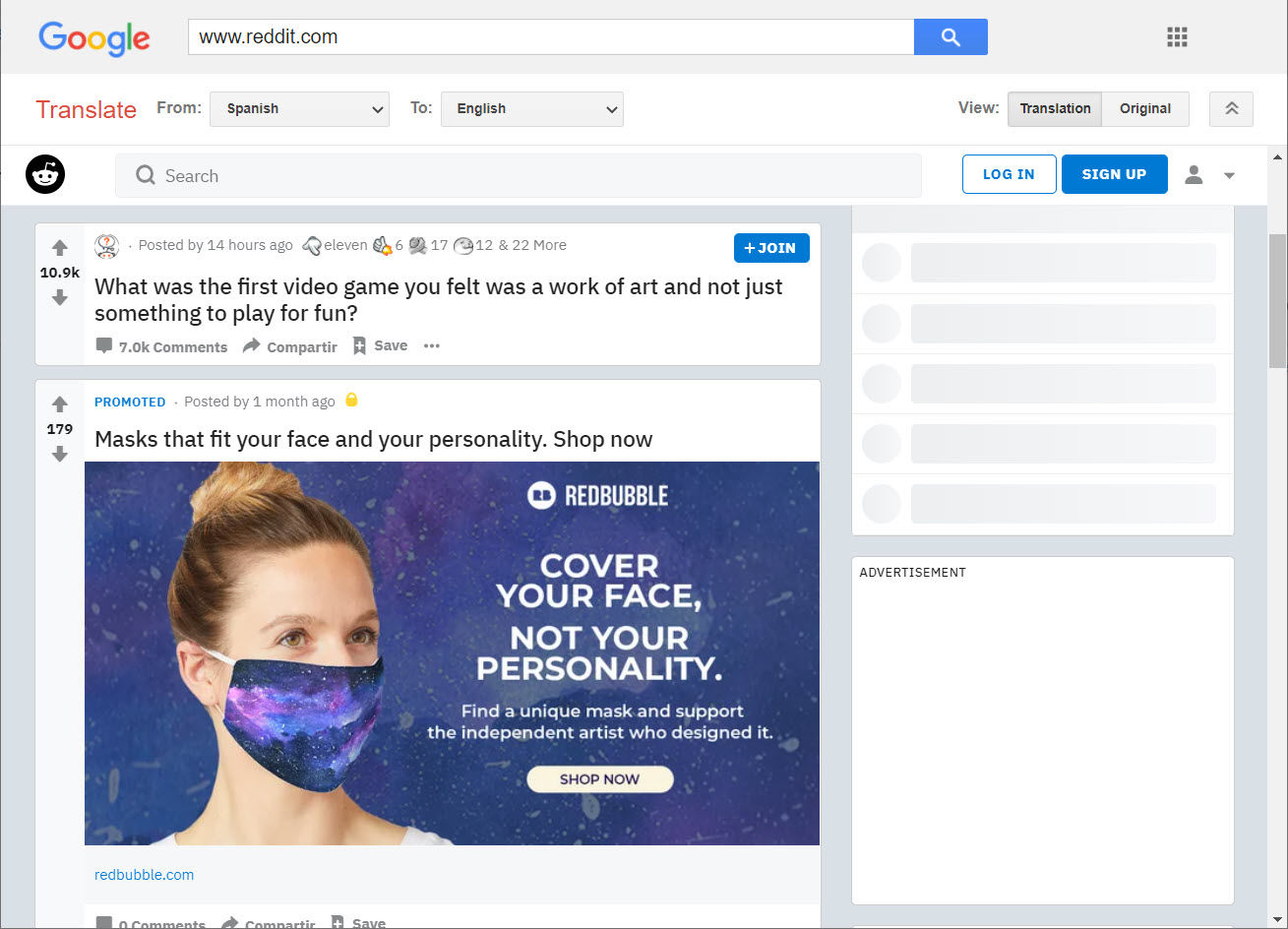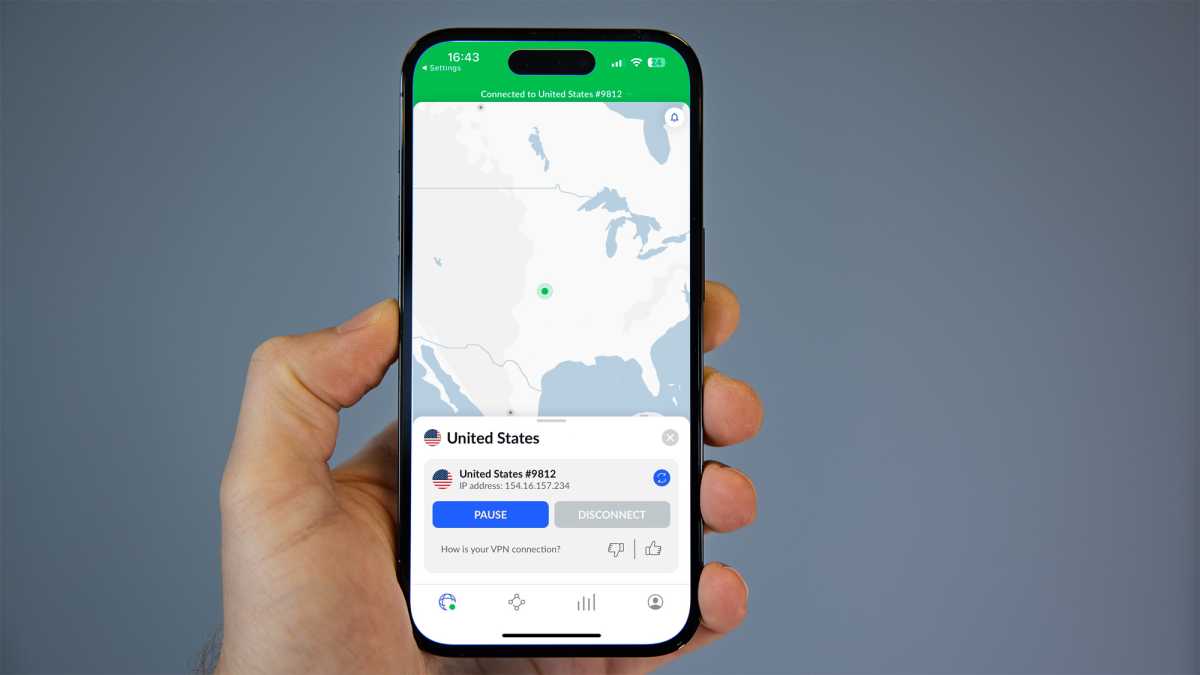<div id=”link_wrapped_content”>
If you want to read a web page or watch a video that’s blocked, there are a few ways you can get around these restrictions.
Those restrictions might exist for different reasons. A common one is because of video licensing, meaning it’s only viewable in certain countries or regions. If an entire website is blocked, it might be because the owner doesn’t comply with data protection regulations in your region.
Alternatively, certain websites and services such as YouTube, Spotify, Facebook, TikTok and others are blocked because your work or school administrator doesn’t want you using them while you’re supposed to be working or studying.
Some governments filter the internet – China being an obvious example – but it might be that an over-eager web filter has blocked a website it shouldn’t have.
However, if you’re seeing a message telling you that the website you’re trying to visit is potentially dangerous, it might contain malware or attempt to scam you. You shouldn’t ignore these, so don’t try to get around those blocks.
As long as you’re confident the web page is safe and isn’t going to scam you, you can try using the methods below to circumvent blocks and filters. As always, we don’t condone or encourage using these methods to access content illegally. Be safe and be smart.
How to access blocked websites with Google Translate
It sounds strange, but this is a simple, effective way to bypass content filters in a lot of situations. This ‘hack’ won’t work for everyone, and it won’t work for getting to websites or videos which are region-blocked. (For those, keep reading.)
But for school and work filters, it can be surprisingly successful.
First, you need to know the URL of the website you want to visit. If you don’t know then Google it, right-click on the link and choose an option like ‘copy link address’.
Now, go to translate.google.com and paste in the URL you just copied such as www.reddit.com into the left-hand pane. Pick a language, such as Spanish, and leave English as the language to translate to (assuming you speak English).
Click the link in the right-hand pane, and the site should load. If your IT admin is already wise to this trick they might have blocked Google Translate as well. If they have, this method won’t work.
But if it hasn’t been blocked, you can now browse the website almost as normal: links work, videos should play, but you might not be able to download any files.

VPN“>How to access blocked websites using a vpn
A VPN is one of the most popular and effective methods of bypassing regional blocks.. In some cases you won’t be able to download or install a VPN, such as at work or school. But if you’re using your own device which doesn’t have parental controls enabled, you can install a VPN app very easily.
A VPN routes your internet connection through a server somewhere else in the world. All you need to do is select a location (such as country or city) in the VPN app and you can then browse the web as if you were physically in that location. You can find out how VPNs work, if you’re interested in the details.

Dominik Tomaszewski / Foundry
Both free and paid-for VPNs will unblock websites. But we recommend opting for a paid VPN such as NordVPN, especially if you want to watch movies or TV shows on Netflix (or another streaming service) that aren’t available in your country.
If you don’t want to pay, then use of these free VPNs. Just know that hardly any will unblock streaming services, and all place limits on the amount of data you can have each month.
For alternative paid VPNs, read our round-up of the best VPNs.
But on many devices, including phones, you can manually configure a VPN connection in the operating system’s settings. Because each device is different, that’s not something we can cover here in detail, but you’ll need various details including the server address, your username, password and certain other information. This means you need to create an account with your chosen VPN provider first.
Access blocked websites with a proxy
Another way to get around a block is to use a proxy service. Like a VPN, it routes your internet connection through a sever, but unlike a VPN it tends to only work with specific applications (e.g. your web browser or torrent application) rather than your whole connection. It doesn’t encrypt all web traffic, either, and typically only changes your IP address to make it seem like you’re in the region where the content is viewable.
That might be fine if you just want to quickly visit a website or watch a video, but there are some downsides to a proxy when it comes to privacy and security.
Proxies are often used to access region-locked content on Hulu, Netflix, or BBC iPlayer. But they can also often be used to avoid content filters by circumventing them, hopefully allowing you to browse the web freely.
Many proxies are available as browser extensions, but that also means that they will only bypass blocked websites and web services. You can’t use a proxy to make the Spotify app work if it’s otherwise blocked: you’d need to use Spotify in your browser instead.
If you care about privacy, choose a proxy that uses HTTPS encryption.
There are free public proxies, but many have a bad reputation for collecting or selling user data, inserting ads into web pages, or stripping away encryption. This is why we recommend using a VPN. But if you only want to get around a web filter as a one-off, or can’t install a VPN app, it can be a good option.
HideMyAss is one of the best known free proxies. Try and avoid using unknown proxies and only use reputable, trusted ones. The same goes for VPN services because they can – potentially – see and record information about you and what you do on the web.
Access blocked websites with Tor
One of your other options is to use Tor, a.k.a. ‘The Onion Router’, to browse the web. Tor is the best known example of an ‘anonymity network’, and uses layered encryption (hence the name) and peer-to-peer networking to bounce your traffic around, making it extremely difficult for anyone to trace any activity back to you.
The Tor web browser is faster than it used to be, and you might not notice any slowdown depending upon your internet connection speed. It’s the sort of trade-off you might be willing to make for increased privacy, but it’s not necessarily worth it if all you want is to bypass a filter, especially if the slower speeds cause video to buffer.
There are also concerns that it’s not quite as secure as people once thought, especially if the site you’re trying to browse to doesn’t use SSL. And dependent on how paranoid you’re feeling, you might worry that using Tor will put you on some sort of government watchlist, given how popular it is with political dissidents and whistleblowers.
On the other hand, it’s totally free, and we’d recommend Tor over any of the free proxies or free VPNs for long-term browsing (though a paid VPN service still wins and you can still use Tor with some VPNs. The added security and privacy is well worth any drop in connection speeds.
Beat web filters with Google’s Public DNS
The last method you can use to try and get around web filters is to use different DNS servers than your regular ISP’s servers.
Every time you visit a website, your computer, phone, tablet or whatever device you’re using performs a DNS lookup. This converts the friendly address (such as www.techadvisor.com) of the web page to the IP address of the server. Your browser can display the web page only once it knows the IP address.
If DNS-based web filtering is being used on the network your device is connected to (whether that’s a residential ISP or a work or school network) then you might find you can’t visit certain websites.
But, by telling your device to use another unfiltered DNS such as Google’s own, you can get around these blocks.
Changing your devices DNS settings varies by operating system, but it will somewhere in the network settings. And Google explains how to use Google Public DNS here.






